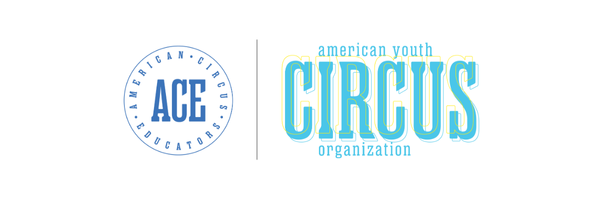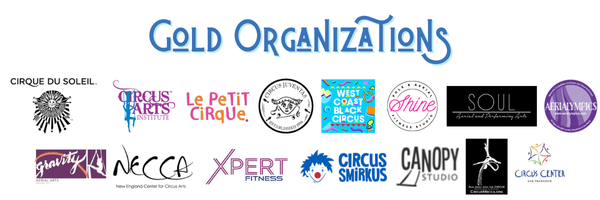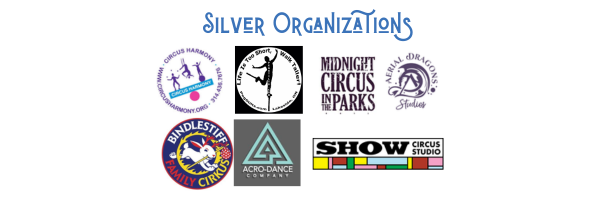If you enjoy it, just do it—don’t get caught up too much in what others are doing or not doing.
Flow Arts started emerging in the early 2000s; The few people at that time that were leading the culture were Prisna & Sean from Flowtoys, Burning Dan from Flow Temple and Isa from the Temple of Poi. They were the first few to coin the term ‘flow ‘arts’. The first flow arts festival, Firedrums, was held at Pismo Beach in 2004 to gather flow artists and fire performers together in a creative space. The festival continues to be held in northern California during the summers. At first, as the flow arts community was establishing itself by mapping out techniques from disciplines like spinning and contact—taking especially from poi, staves, and hoops—traditional toss juggling was not really a part of the community. When I attended my first Firedrums event in 2010, there were probably only 10 jugglers out of 600 attendees. By 2015, juggler Wes Peden was a main headliner for the festival that year, and the number of jugglers attending had grown to probably 150 or 200, give or take.
Like in music, juggling technique is passed on first by one person who is interested in a specific technique and then developed across different apparatus, different teachers, different regions and styles. A lot of the cross pollination of ideas and techniques that now characterizes flow arts was happening even in the beginning times. Firedrums would fly in European teachers and fire spinners and so forth to come and share and teach the local American community. A lot of European practitioners identify themselves solely as “jugglers” without the distinction of flow arts and juggling we maintain here in America. In Europe it’s mainly juggling and contemporary juggling. As I have traveled to these places to learn, there is a lot of traditional juggling happening in Europe, but there is also a lot more fusion of dance and juggling, creating contemporary juggling that focuses on movement research as well as the visual and aesthetic qualities of the discipline instead of increasing the numbers of the objects. A lot of this style of juggling can be found in France. Le Le Lido in Toulouse, for example, is famous for this kind of research.
From a technical standpoint, learning from a coach, teacher, or even a peer is way better than just experimenting by yourself. From getting a sense of the numbers of ideas and what is possible to changing the standard of what seems impossible, witnessing a technique in real life changes the perspective that a skill is possible, which causes the speed of learning to increase. However there is one major downfall to continuously learning from someone and skipping self-exploration: one might lose sight of the joy of ‘play’ and exploring one’s own creativeness. But this is a double-edged sword, because the more technique you have, the more you can explore. Juggling this balance is instrumental to keeping the artform alive and evolving.
Social media has definitely changed juggling a little—some of the technique that was once hard to learn now can easily be found online. The Home of Poi forums were one of the earliest resources available, with lots of amateur YouTube tutorials by enthusiastic flow artists. I came into flow arts when Facebook groups started to take off, such as Tech Poi, Juggling Rock, and many others. Facebook groups remain very active resources today. Instagram seems to be the most popular platform over the past few years. YouTube channels such as Nick Woosley’s PlayPoi are still out there, but they seem to have lost a little traction these days. A lot of the really heavy practitioners don’t end up posting much content online. Social media doesn’t present any dangerous trends to the juggling community.
Marvin Ong (@grandmasterong) is a prominent figure within the juggling and flow arts communities. His Master Ong’s Prop Shop juggling festival brings together hundreds of flow arts practitioners every year.
Click here to see this article in its full glory in the gorgeously designed Spring 2018 Issue of ACE Digital Magazine.


